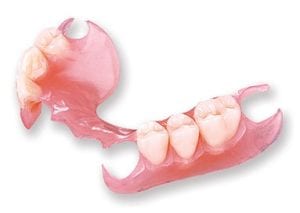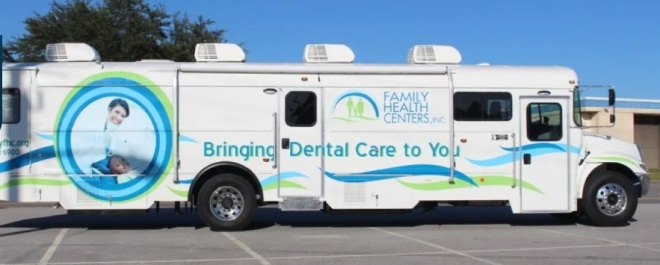Dr. Hall,
I’ve had dental implants from ClearChoice in Quincy, MA and my facial structure is compromised, my cheeks hollow, my skin hanging, my upper lip hangs in a permanent frown, even just below my eyes is missing bone. The space between my nose and upper lip is elongated, one of my nostrils is collapsed. And the doctors there will not answer me what happened to my face. This didn’t happen over time, it happened from the surgery. Could you please explain what may have caused this to happen?
– Brooke from Newburyport, MA
(I originally published this with a changed name and location to provide privacy. But in a personal email, Brooke told me to use her real name and location, so I have done that.)
Patient found us by searching for “ClearChoice complaints.”
(See Dr. Hall’s answer below.)
We thank our advertisers who help fund this site.
Barbara,
I’m so sorry. What a mess!
I’m going to assume that you had the All-on-4 implant procedure, as that is their go-to treatment plan at ClearChoice for implant-supported dentures. Also, as a disclaimer, since I can’t examine you or verify your complaints, I’m just going to go from what you are telling me. And your case is a great illustration of the profound effect dentistry can have on the face. Some dentists are specializing in what they call “facelift dentistry,” or “age-reversing dentistry,” where they re-build the teeth and produce results that make it look like you’ve had a facelift, but without the surgery.
 You are describing something that sounds a little like facial collapse, except that an implant-supported denture, if properly done, should treat or prevent facial collapse and not cause it. A well-done implant denture should restore normal facial height and should fill out your cheeks. So part of your problem could be in the construction of your denture. If the bases of the upper and lower were wider and your smile broader, they would support your cheeks. And if they were built up vertically, there would be less sagging in your face.
You are describing something that sounds a little like facial collapse, except that an implant-supported denture, if properly done, should treat or prevent facial collapse and not cause it. A well-done implant denture should restore normal facial height and should fill out your cheeks. So part of your problem could be in the construction of your denture. If the bases of the upper and lower were wider and your smile broader, they would support your cheeks. And if they were built up vertically, there would be less sagging in your face.
About the change in your nose and upper lip, that seems to me to be related to the surgery that is done as part of placing the implants. Part of that surgery involves re-shaping the bone to make it easier to fit the denture over the bone. The maxillary bone goes right under the nose, so it’s possible that they were too aggressive in shaving away bone there.
About what you can do—my suggestion would be to get aggressive with them. From what you are telling me, the time for sweet-talking this matter has passed. ClearChoice has been known to refund money in response to serious complaints or threats of lawsuits. And then, while it may be difficult to rebuild the bone that has been shaved away, at least the dentures could be re-made to properly support your face.
– Dr. Hall
Do you have a comment or anything else to add? We’d love to hear from you. Enter your comment below. Or click here to ask Dr. Hall a question.
About David A. Hall
Dr. David A. Hall was one of the first 40 accredited cosmetic dentists in the world. He practiced cosmetic dentistry in Iowa, and in 1990 earned his accreditation with the American Academy of Cosmetic Dentistry. He is now president of Infinity Dental Web, a company in Mesa, Arizona that does advanced internet marketing for dentists.

 The best and easiest solution would be to have an
The best and easiest solution would be to have an 
 Here’s a drawing showing a normal contour of the crown on the left, and overcontouring of the crown on the right. The drawing doesn’t show a normal gumline—usually the margin of the crown will be under the gumline. Overcontouring of the crown causes two problems. First, it puts pressure on the gum. Second, it creates a trap for food particles under the bulge of the crown. Both of these contribute to irritation of the gums, causing gum disease which results in redness, swelling, and bleeding of the gums.
Here’s a drawing showing a normal contour of the crown on the left, and overcontouring of the crown on the right. The drawing doesn’t show a normal gumline—usually the margin of the crown will be under the gumline. Overcontouring of the crown causes two problems. First, it puts pressure on the gum. Second, it creates a trap for food particles under the bulge of the crown. Both of these contribute to irritation of the gums, causing gum disease which results in redness, swelling, and bleeding of the gums.

